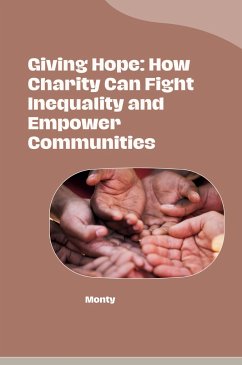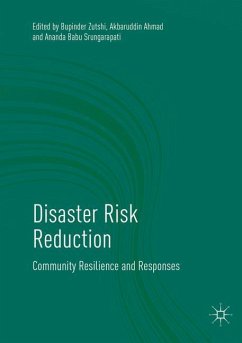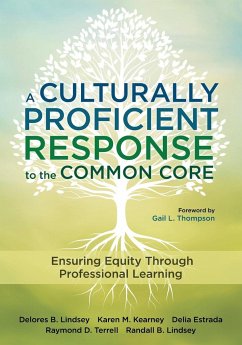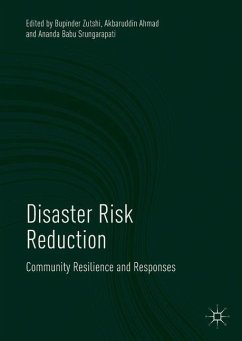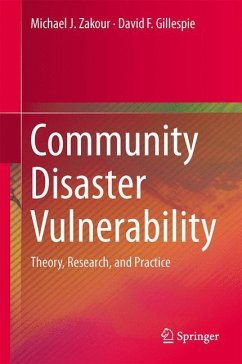
United We Stand: DoD and FEMA - A Guide to Collaborative Disaster Response
Versandkostenfrei!
Versandfertig in 6-10 Tagen
30,79 €
inkl. MwSt.

PAYBACK Punkte
0 °P sammeln!
"United We Stand" serves as a comprehensive guide to the collaborative disaster response efforts of the Department of Defense (DoD) and the Federal Emergency Management Agency (FEMA). When disaster strikes, these two vital government agencies join forces to ensure a swift and effective recovery. This book delves into the specific roles and strengths each brings to the table.You'll gain insights into how the DoD leverages its logistical expertise, engineering capabilities, and communication infrastructure to support FEMA's emergency response efforts. The guide explores real-world scenarios wher...
"United We Stand" serves as a comprehensive guide to the collaborative disaster response efforts of the Department of Defense (DoD) and the Federal Emergency Management Agency (FEMA). When disaster strikes, these two vital government agencies join forces to ensure a swift and effective recovery. This book delves into the specific roles and strengths each brings to the table.You'll gain insights into how the DoD leverages its logistical expertise, engineering capabilities, and communication infrastructure to support FEMA's emergency response efforts. The guide explores real-world scenarios where this collaboration shines, from search and rescue operations to debris removal and infrastructure repair. Additionally, the book tackles critical topics like pre-disaster planning, communication protocols, and resource allocation to ensure a seamless and coordinated response.






